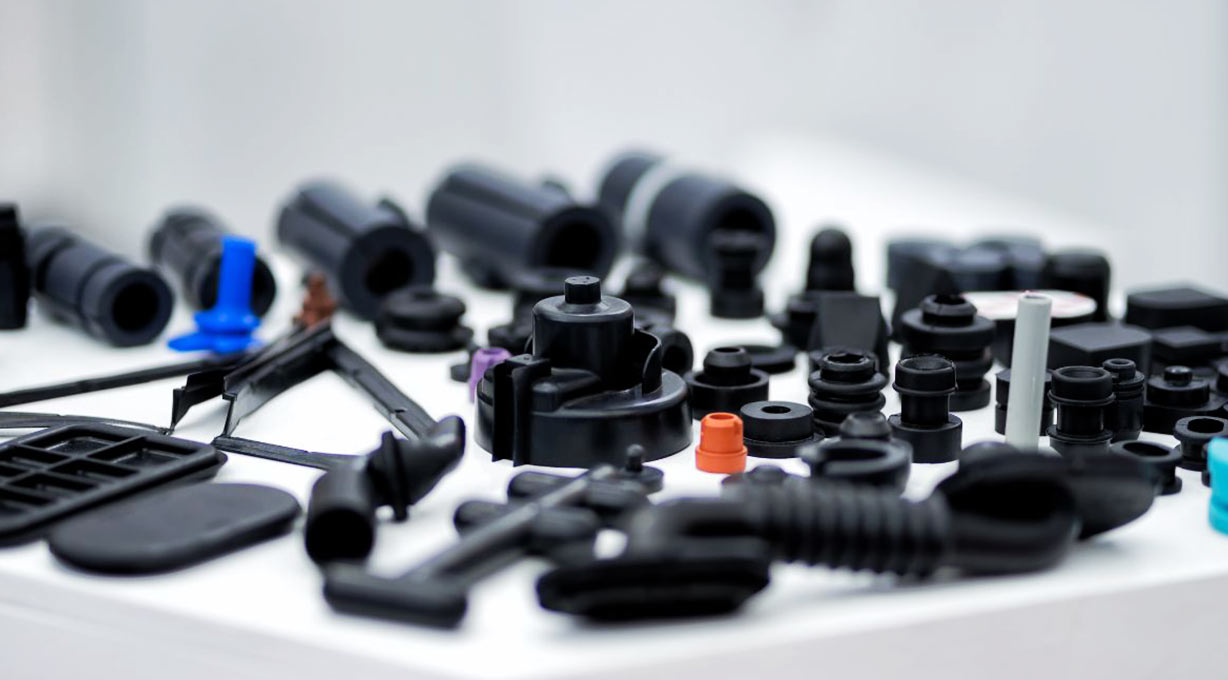A Detailed Look at the Development History of Automotive Injection Molded Parts
An overview of the development history and significance of automotive injection molded parts, highlighting their innovation, environmental adaptability, and contributions to the automotive industry.
Automotive injection molded parts, meticulously crafted using injection molding technology, have embarked on a journey of innovation and transformation. Injection molding, a process where molten plastic is injected into a mold through an injection machine and cooled to solidify into a finished product, has injected new vitality into the automotive manufacturing industry.
Automotive connector injection molding and various other injection-molded automotive parts, characterized by their convenience, aesthetic appearance, and stable quality, can perfectly adapt to various driving conditions and working environments, making them widely used in the automotive manufacturing and repair sectors.

Early Beginnings
Tracing the origins of automotive injection molded parts, we can look back to the early 20th century. However, limited by the technology and equipment of that time, their applications were relatively limited. But as time went on, the rapid advancement of plastic technology and the increasing maturity of injection molding technology paved the way for the widespread use of automotive injection molded parts.
Golden Era of Development
Since the 1980s, the booming global automotive market and the rapid development of plastic technology have complemented each other, ushering in a golden era of rapid development for automotive injection molded parts. Major automobile manufacturers have introduced injection molding technology in an effort to improve production efficiency and reduce costs.
Challenges and Opportunities in the 21st Century
Entering the 21st century, particularly after the 2010s, with the growing awareness of environmental protection and the emergence of new energy vehicles, the automotive injection molded parts industry has faced unprecedented challenges and opportunities. Technological innovation and green environmental protection have become the two main themes of industry development.
Major enterprises and injection molding manufacturers have actively responded, increasing their R&D investments to develop new high-performance plastic materials and production processes, aiming to improve product performance while reducing energy consumption. At the same time, they have actively adopted environmentally friendly materials and green production processes, striving to reduce environmental pollution and resource consumption, contributing to the sustainable development of the industry.